The Khmer people in the South currently have more than 1.3 million people, accounting for 4.45% of the total population; living in communities, intertwined with the Kinh, Hoa and some other ethnic groups. Not only participating in the expansion of the land, the Khmer people also have many important contributions in the fight against invaders, together with other ethnic groups in the South, contributing to creating the historic April days of the Vietnamese people - April 30, 1975, the Day of Liberation of the South, reunification of the country. And over the past 50 years, the Khmer people have united with other ethnic groups in the South to build phum soc, to build the homeland to become more and more prosperous.
Lesson 1: HIGHLIGHTING THE HEROIC HISTORY OF THE KHMER PEOPLE
Coming to the Khmer ethnic minority region, learning about the resistance war against French colonialism and American imperialism, to liberate the nation and unify the country, I heard a lot about the Khmer people who were brave and united, some of whom sacrificed their lives to fight with other ethnic groups against the invaders. The silent or recorded achievements of those heroes have contributed significantly to the unification of the country, the integrity of the territory... They are heroic and resilient monuments.
Unite to build and protect the Fatherland
The history of the nation's development records that ethnic groups in general and the Khmer ethnic group in particular have a rich tradition of solidarity, patriotism, love of work, humanity, and overcoming thousands of challenges to survive and develop. According to historical records, from the 15th century onwards, the Khmer people were present in large numbers in the lower Mekong River (today's Mekong Delta). From the 18th century, when officially taking over the Southern region, Lord Nguyen continuously expanded land reclamation and restoration. One of the important tasks at that time was digging canals to bring water to wash away alum for rice cultivation and for transportation. Many large canals were dug, such as: Bao Dinh canal (1705), Ruot Ngua canal (1779), Vinh Te canal (1819), Vinh An canal (1843). During this period, a large number of Khmer people stood side by side, working together with Vietnamese migrants to create the above-mentioned historical canals.
Not only participating in the expansion of the land, the Khmer people also made important contributions to the protection of the achievements of land reclamation, the establishment of administrative units, the solidarity in the fight against invasion, and the protection of the sovereignty of the Fatherland. According to Mr. Nguyen Huu Dung, former Vice Chairman of the Central Committee of the Vietnam Fatherland Front, before the Party existed, the French colonialists implemented the policy of "divide and rule", causing serious consequences in the relationship between the brotherly ethnic groups. Since the Party's leadership, the Khmer people in the South have voluntarily fought, and the solidarity of the Kinh, Khmer and Hoa ethnic groups has been consolidated and strengthened.
Heroic Vietnamese Mother Nguyen Thi Chu happily chatted with Mr. Tran Trong The, Vice Chairman of Khanh Binh Dong Commune People's Committee, Tran Van Thoi District, Ca Mau Province.
The Party organization focused on building and consolidating the solidarity of ethnic groups, leading the masses to fight against the French colonialists' plot to dominate and exploit the colonies; mobilizing Khmer people to actively participate in the "Mutual Aid Association", "Red Peasant Association", "Red Relief Association", "Association to Support Issarak", "Free Cambodian Association", "Ban Sai Van"... to enlighten Khmer people to fight for national independence. Through these struggles, under the leadership of the Party, Khmer people increasingly realized the great capacity and strength of their own community, believed in the revolutionary struggle, against the colonial, feudal and fascist regimes, demanding freedom and democracy for the people. Many Khmer youth and intellectuals in the South were enlightened by the Party's revolutionary ideals, actively propagandized and mobilized Khmer people to participate in the General Uprising to seize power, contributing to the victory of the August Revolution in 1945.
After 1945, the French colonialists returned to invade the South, the comprehensive resistance war against the French attracted a large number of Khmer people to participate. Many resistance bases of the patriotic forces in the Southwest region were built and developed in the Khmer people's areas, creating an important premise in the struggle against French colonialism and American imperialism, such as: Tra Cu Base - Tra Vinh; My Xuyen, Long Phu, Vinh Chau - Soc Trang; U Minh, Vinh Loi, Ngoc Hien, Tran Van Thoi - Ca Mau...
During the resistance war against the US to save the country, under the leadership of the Party, the Khmer people in the South actively participated in the National Liberation Front of South Vietnam. Under the banner of justice and solidarity of the Front, the revolutionary forces in the Khmer ethnic area developed rapidly, attracting a large number of monks and Khmer people to participate in revolutionary organizations, such as the Khmer Movement Committee of the Southwest Region, the Khmer Movement Committees of provinces, districts, and communes, and developing revolutionary bases among the monks. Many Khmer monks returned to secular life, directly took up arms to participate in the resistance; many struggles and public demonstrations of the Khmer people and monks against the puppet government of the US - puppet regime, such as: opposing the forced concentration of people, opposing the bombing of pagodas, opposing the use of pagodas as police stations, opposing repression... took place everywhere in the South. A typical example was the struggle of more than twenty thousand Khmer people in Tra Vinh in 1967; The struggle of more than two hundred monks in Rach Soi (Kien Giang); the struggle of forty thousand Khmer people in Tra Cu (Cuu Long) demonstrated the indomitable fighting spirit of the Khmer people in the South in the resistance war against the US to save the country.
During the two resistance wars against French colonialism and American imperialism, many Khmer pagodas became revolutionary bases. Bac Lieu province has Kosthum pagoda, Ninh Thanh Loi commune; Dia Chuoi pagoda, Vinh Binh commune; Di Quan pagoda, Ninh Quoi commune. Hau Giang province has Boray Seray Chum pagoda, Xa Phien commune; Tra Vinh province has Phno Om Pung pagoda... According to records, the total number of pagodas that were revolutionary bases in the region: Soc Trang has 39 pagodas, Tra Vinh has 54 pagodas, Can Tho has 6 pagodas, Vinh Long has 6 pagodas, Ca Mau has 6 pagodas... And during that struggle, many children of the Khmer ethnic group heroically sacrificed their lives.
Monuments of bravery
When mentioning the heroic tradition of the nation, the Khmer people in Giong Tranh hamlet, Tap Ngai commune, Tieu Can district, Tra Vinh province, often talk about MaHa Son Thong. His real name is Son Thong, alias Muoi Tang, born on February 11, 1910 in Giong Tranh hamlet. At the age of 14, he began practicing at Pothivongsaram pagoda (Chong Top) in Hoa Lac hamlet, Luong Hoa commune, Chau Thanh district. In 1926, he went to Thailand to study Pali. After 10 years of studying, he was awarded the title of MaHa. Some time later, he returned to Vietnam to teach Pali and Buddhist scriptures at Ba Giam pagoda (Don Chau commune, Tra Cu district).
As a patriot, after the success of the August Revolution, he actively participated in revolutionary activities... With his prestige, he mobilized many young people and monks to follow the revolution. Mr. Son Thong spoke Thai very well, understood Pali, Buddhist teachings and used his knowledge in the right place, and was humble, so he was loved and trusted by monks, intellectuals and Khmer people... Mr. Truong Sia, a 4/4 disabled soldier, in Giong Tranh hamlet, Tap Ngai commune, recalled: "My parents told me that the enemy knew that Mr. Son Thong was a revolutionary cadre, so they relentlessly searched for and arrested him. But because the villagers hid him and kept him a secret, he remained safe in the enemy's heart. Unable to capture Mr. Son Thong, the enemy turned to repression, found excuses to arrest and brutally beat anyone related to him... This made the Khmer people even more hateful and determined to follow the revolution"...
In the countryside of O Lam, Tri Ton district, An Giang province, there is a memorial site for female martyr Neáng Nghés - a Khmer ethnic. She was born in 1942, joined the revolution at the age of 18 as a liaison, supplying food and medicine to the army, and then joined the Women's Liberation Association of O Lam commune. She was always at the forefront of the fight against the enemy's forced zoning, sweeping, and bombing. In 1962, she was captured by the enemy. Despite being brutally tortured, she remained steadfast and did not give any information. She died in 1962 when she was only 20 years old.
There are many examples of Khmer people who heroically sacrificed their lives in the resistance war against French colonialism and American imperialism, such as: Venerable Huu Nhem, Thach Thi Chanh, Neang Ghet, Danh Thi Tuoi... Many monks held high positions in the Liberation Front of South Vietnam, such as: Venerable Son Vong, former Vice President of the Central Committee of the Liberation Front of South Vietnam, former Vice President of the World Peace Protection Committee of the Liberation Front of South Vietnam; Venerable Thach Son, former President of the Council of Patriotic Monks in the Southwest region; Venerable Lui Sa Rat, former President of the Liberation Front of Tra Vinh province...
Mr. Truong Sia (sitting in the middle left) in Giong Tranh hamlet, Tap Ngai commune, Tieu Can district, Tra Vinh province is reviewing the history of the local struggle.
Notably, most localities in the Southwest have Vietnamese Heroic Mothers who are Khmer. Specifically, Tra Vinh has 42 Mothers, Soc Trang has 24 Mothers, Vinh Long has 8 Mothers, Kien Giang has 7 Mothers, Bac Lieu has 3 Mothers, Ca Mau has 3 Mothers, Can Tho has 2 Mothers... According to records, currently, only 6 Vietnamese Heroic Mothers of the Khmer ethnic group are still alive...
I had the opportunity to visit and wish good health to Vietnamese Heroic Mother Nguyen Thi Chu in Hamlet 5, Khanh Binh Dong Commune, Tran Van Thoi District, Ca Mau Province with a delegation of local officials. She had two children, martyr Huynh Van Diet and martyr Huynh Van Bao. She is 94 years old this year. According to Ms. Huynh Kim Trang, the youngest child of Mother Chu, when Mother was still lucid, every time she attended her brothers' death anniversaries, Mother often told stories about the war, about the hardships of the family, the villagers had to endure many losses and pains due to the war. Living in the resistance base area, her father, then brother Ba (martyr Diet), brother Tu (martyr Bao) soon became enlightened and followed the revolution. During a battle with the enemy on March 30, 1973, in Rach Cui Hamlet, brother Tu sacrificed himself. Less than 7 months later, on October 19, 1973, Ba (a soldier of Military Region 9) also died in a fierce battle with the enemy in Tay Ninh. “Mom said, Ba was a platoon leader, and was only 20 years old when he died. As for Tu, he died in his hometown of Khanh Binh Dong when he was only 17 years old… Mom said, Ba and Tu passed away when they were too young, but they died to bring peace and a prosperous life to the village, so Mom was less sad…” - Ms. Trang emotionally shared.
* * *
Every Khmer compatriot in the South who participated in the resistance war to gain independence and freedom for the nation is a part of the nation's flesh and blood, a hero in the hearts of the people. Their sacrifice and patriotism are the traditional flame, adding strength to today's generation to maintain peace, build increasingly rich and beautiful villages with love.
(To be continued)
--------------
Lesson 2: For the village, community and prosperity of the homeland
Source: https://baocantho.com.vn/dong-bao-khmer-nam-bo-doan-ket-xay-dung-va-bao-ve-que-huong-a185697.html


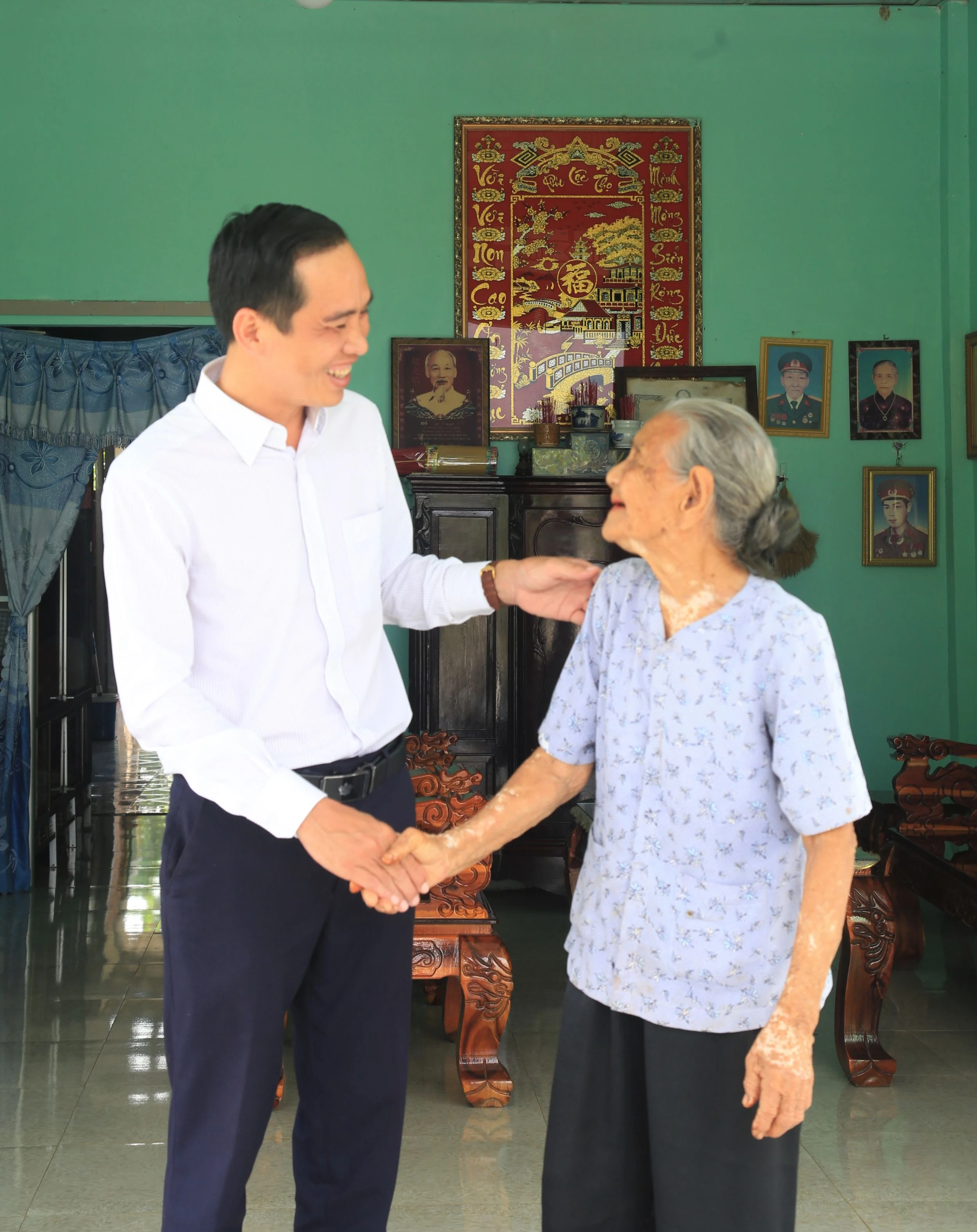
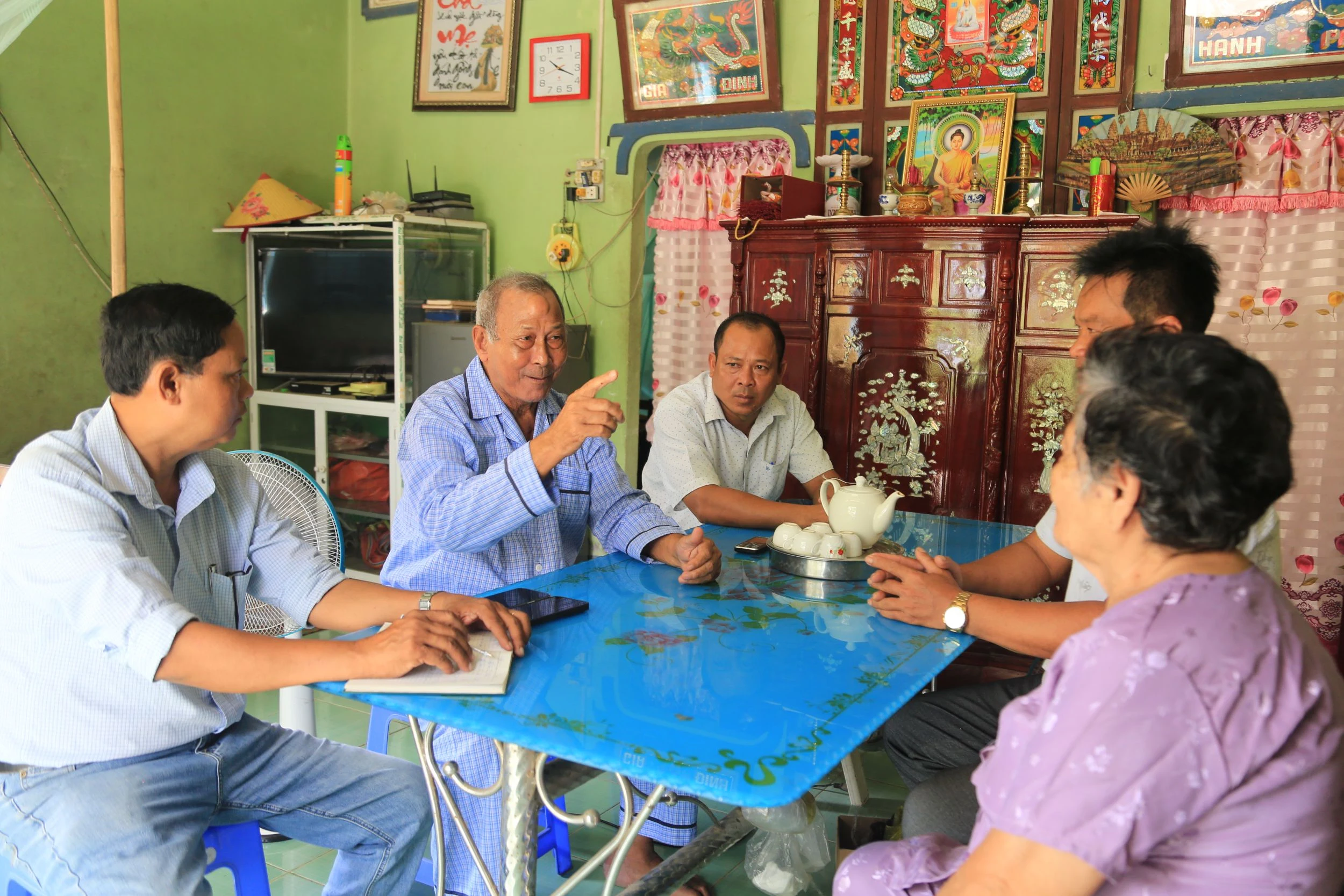

![[Photo] General Secretary To Lam concludes visit to Russia, departs for Belarus](https://vphoto.vietnam.vn/thumb/1200x675/vietnam/resource/IMAGE/2025/5/11/0acf1081a95e4b1d9886c67fdafd95ed)
![[Photo] General Secretary To Lam meets and expresses gratitude to Vietnam's Belarusian friends](https://vphoto.vietnam.vn/thumb/1200x675/vietnam/resource/IMAGE/2025/5/11/c515ee2054c54a87aa8a7cb520f2fa6e)
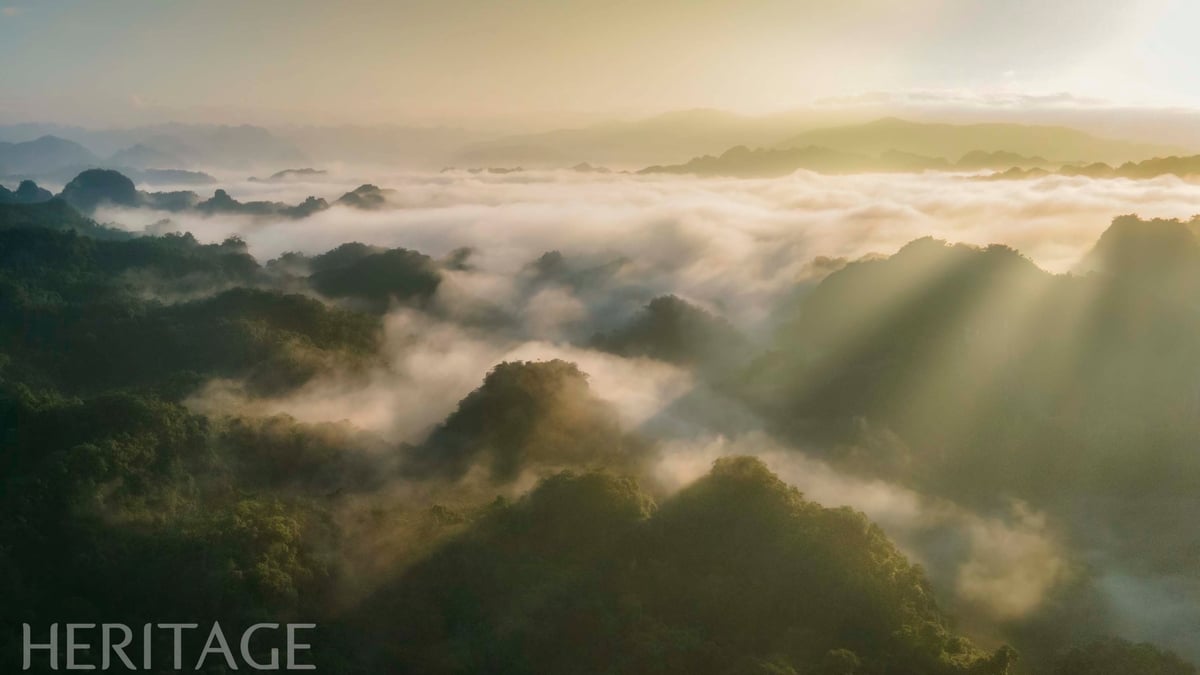
![[Photo] General Secretary To Lam arrives in Minsk, begins state visit to Belarus](https://vphoto.vietnam.vn/thumb/1200x675/vietnam/resource/IMAGE/2025/5/11/76602f587468437f8b5b7104495f444d)

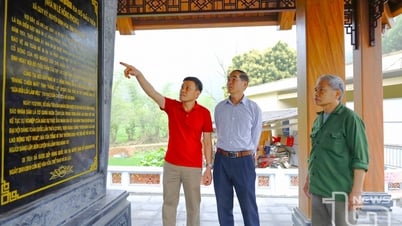
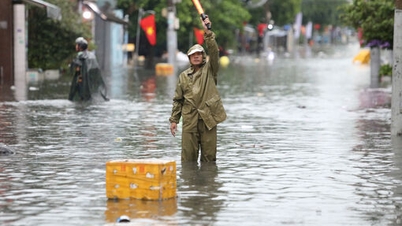
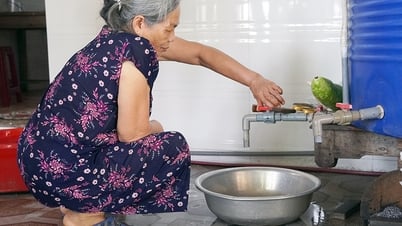
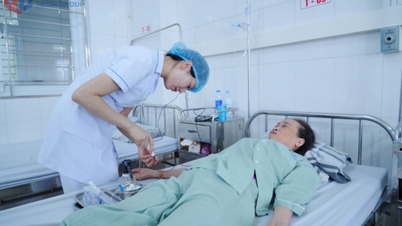
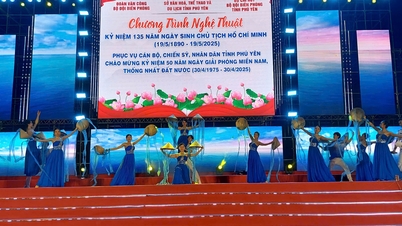
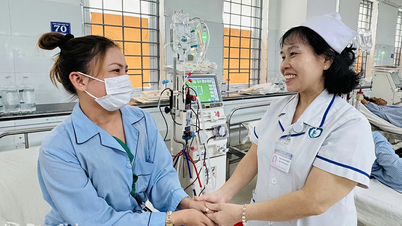




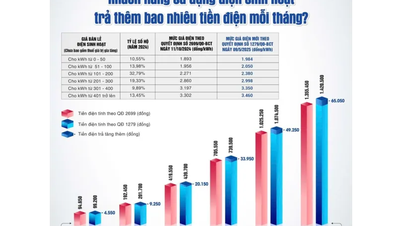
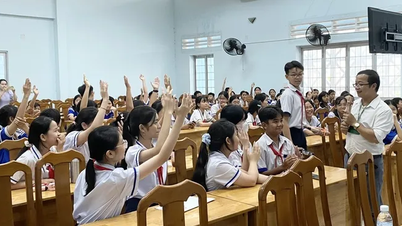
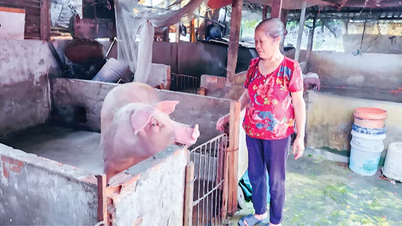

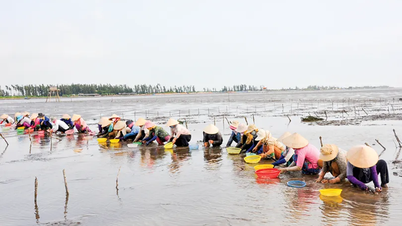
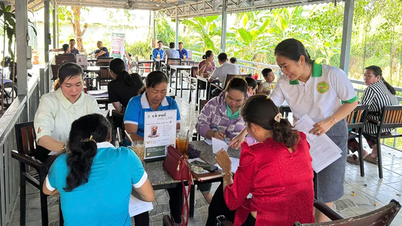

![[Photo] National Assembly Chairman Tran Thanh Man attends the Party Congress of the Committee for Culture and Social Affairs](https://vphoto.vietnam.vn/thumb/1200x675/vietnam/resource/IMAGE/2025/5/11/f5ed02beb9404bca998a08b34ef255a6)




























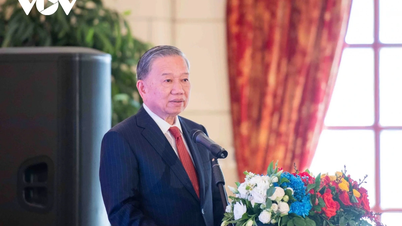

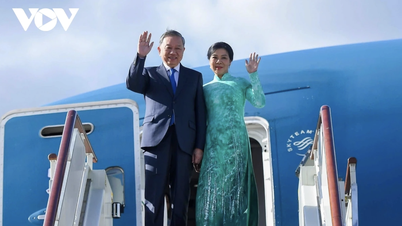
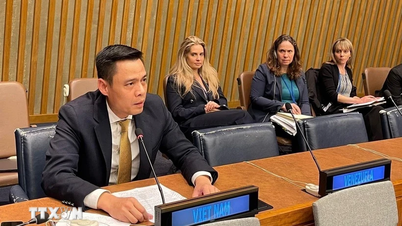


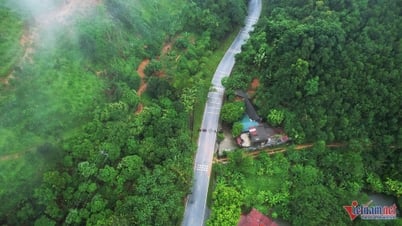











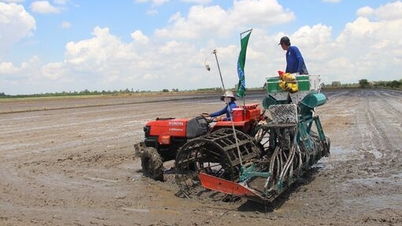
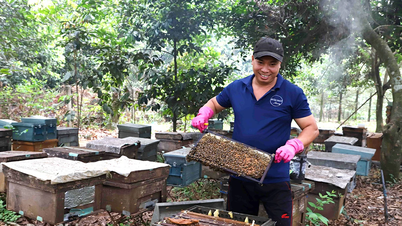

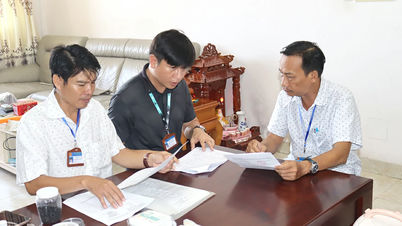
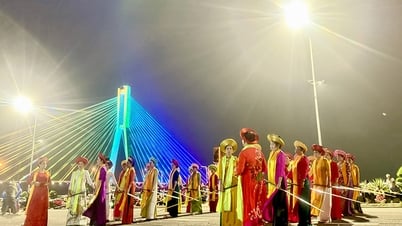










Comment (0)